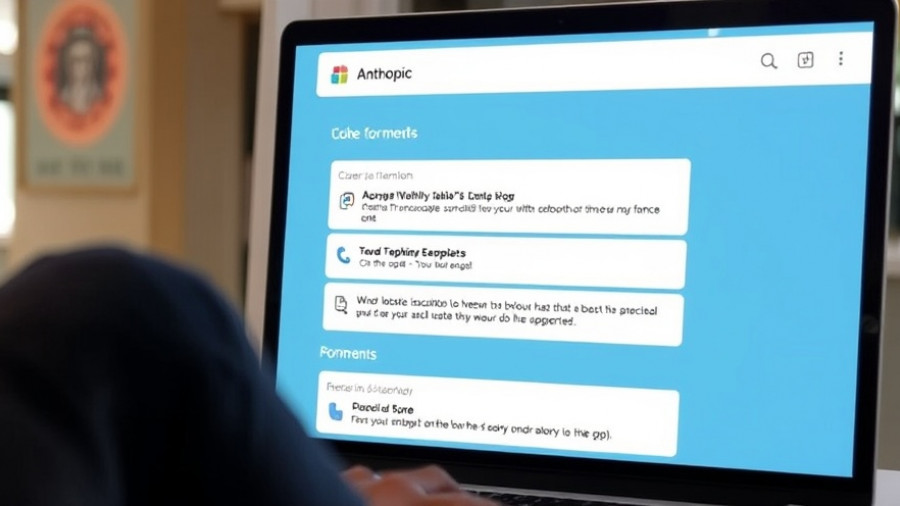
AI's Mixed Performance: The Reality of Real-World Applications
The recent examination of AI capabilities across three significant models—OpenAI's GPT-5, Anthropic’s Claude, and Google’s Gemini—reveals intriguing insights into how these systems perform in practical scenarios. OpenAI's test, referred to as GDPval, was designed to evaluate AI models based on 1,320 tasks representative of 44 occupations that contribute significantly to the U.S. economy.
The Challenge with Current AI Tools
Despite the surge in AI tools that promise to streamline work processes and boost productivity, the results remain underwhelming. Reports indicate that around 95% of enterprise AI projects have not succeeded, largely due to their inability to deliver tangible results. Workers often report receiving subpar AI-generated outputs, leading to increased workloads instead of easing them.
How GDPval Changes the Game
The GDPval framework aims to bridge the gap between theoretical AI capabilities and real-world effectiveness. By assessing AI performance via realistic tasks crafted by experienced professionals, OpenAI hopes to align these models with industry expectations significantly. The inclusion of various professions underscores a broader scope, focusing on both technical fields such as software engineering and roles less traditionally associated with AI, such as social work and pharmacy.
Evaluating AI Models: A New Approach
OpenAI's testing method involved having experts grade model outputs against human-generated content, enhancing the evaluation’s accuracy. Notably, GPT-5 demonstrated strong performance in several areas, although Claude Opus 4.1 emerged as a top contender, particularly in aspects of document formatting and aesthetic quality. This shift in assessment emphasizes practical usability rather than theoretical capabilities, which could redefine how businesses implement AI.
Implications for AI Integration in Workplaces
As AI adeptness at handling significant business tasks becomes clearer, companies are tasked with reconsidering their AI strategies. Tools like Claude and GPT-5 may not only assist in completing tasks but can enhance creativity and streamline projects—if implemented effectively. For firms facing pressure to justify their investments in these technologies, GDPval's data can reveal valuable insights into which AI models deliver the most impact.
Looking Ahead: The Future of Workplace AI
Organizations will need to adapt quickly to the findings of tests like GDPval as AI continues to evolve. The integration of AI into work processes is no longer a question of if, but rather how effectively AI can complement the workforce. This insight opens the door for discussions around regulatory frameworks guiding AI usage—a critical conversation as we move forward.
Is AI the Future of Work?
The unfolding results from OpenAI's GDPval studies highlight the pressing reality for businesses: AI can no longer be a black box technology. Understanding how these models perform against real-life standards is essential for cultivating a future where AI augments human abilities rather than complicating them.
As companies prepare to engage with these findings, exploring tools that work well in synergy with human labor becomes imperative for successful integration. This intersection of technology and human expertise is where the true potential of AI can be unleashed, promising a brighter, more efficient work environment.
 Add Row
Add Row  Add
Add 




Write A Comment